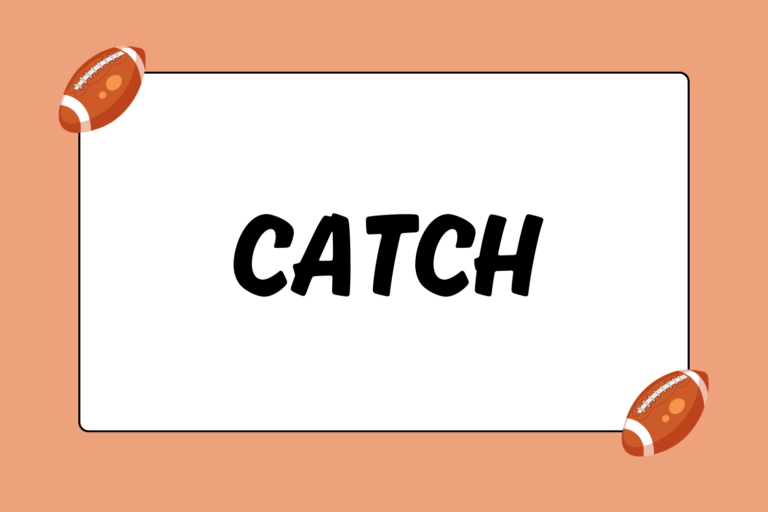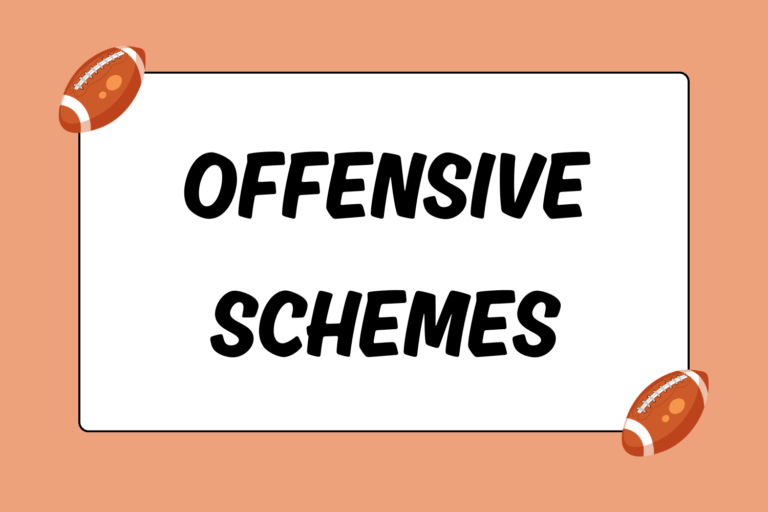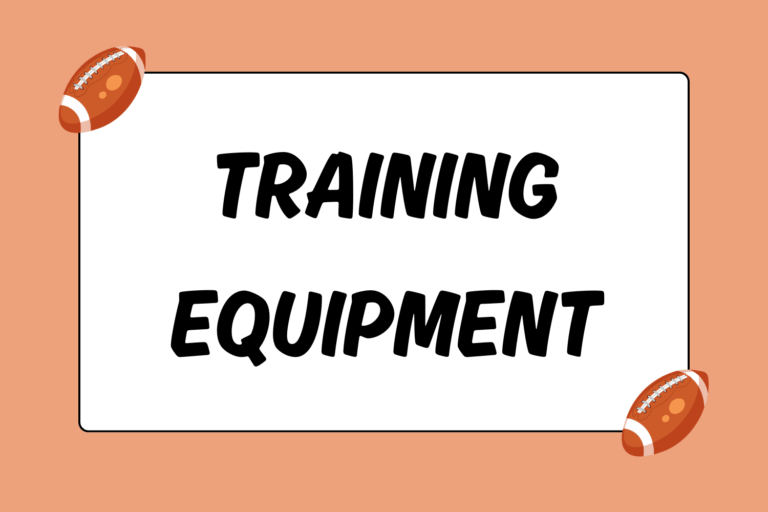In terms of football equipment, most people concentrate on the players’ protective gear. And while the helmet is always going to be the most important piece of equipment in football, kicking tees have a huge impact on the game as well. This guide identifies the assortment of tees used in the game today, and explains the scenario in which each type is used.
Kickoff Tees
Kickoffs start both halves of a game, as well as restart a game after one team scores. Accordingly, teams use a tee during kickoffs more than any other situation in the game.
Keep in mind that each kicker has a unique preference when it comes to positioning the ball on a kickoff tee. The tee’s purpose is just that — to hold the ball still in the exact position that the kicker wants. Nevertheless, when kicking off, most kickers position the ball so that it’s mostly vertical, angled slightly back and occasionally to one side or the other.
Different versions of the game have different rules regarding the legality of a placekicking tee. The biggest stipulation has to do with the tee’s height:
- The NFL and NCAA permit tees that raise the ball no more than one inch off of the ground.
- A tee that stands up to two-inches high is permitted in the CFL and American high school games.
Kickoff tees come in a variety of shapes, sizes, and colors. So long as they meet the respective height requirements outlined above and come from an approved manufacturer, they may be used in a game.
Kicking Blocks
For field goals and PATs, teams normally use a kicking block. While not permitted at all levels of the game, the kicking block essentially performs the same task as a kickoff tee — it raises the ball off of the ground slightly, which makes it easier to kick.
The biggest difference between kicking blocks and kickoff tees has to do with each type’s ability to hold the ball upright. A kickoff tee is capable of doing this on its own; a kicking block is simply a raised surface upon which one end of the ball can be placed. It still needs to be held upright by a player on the kicking team, or it will fall over.
Fun Fact:
Ove Johansson, kicker for the 1976 Abilene Christian University football team, has the record for the longest field goal ever made — a 69-yard blast that has gone unmatched for over 35 years.
Standalone/Practice Tees
While it will never actually see the field during a game, a standalone or practice tee is a vital training accessory for placekickers. It does the same job as a kickoff tee — holding the ball upright — though kickers have a lot more flexibility in how they position the ball with these tees. They’re fairly simple by design: Two legs, arranged in an upside-down “V,” with an arm that extends outward from the point where the legs meet. The end of that arm rests on the top point of the ball, securing its position with minimum force (which also makes the ball easier to kick).
To practice kicks from tough field positions, kickers usually have the ball positioned at a more extreme angle than normal. This simulates how the holder would position the ball for such kicks; those types of angles aren’t usually possible with kicking tees, but they’re perfectly suited for a standalone tee. In addition, these tees are frequently used in conjunction with a kicking net — a mesh net wrapped around a vertical frame, into which a football can be kicked without flying very far.
Tee Time
Though they’re not used very often, kicking tees can help make a difficult job somewhat easier. The different types of tees allow kickers to fine-tune their various kicking techniques, whether they’re in practice or about to kick the game-winning field goal.





